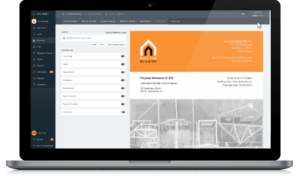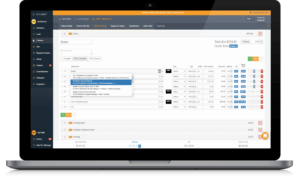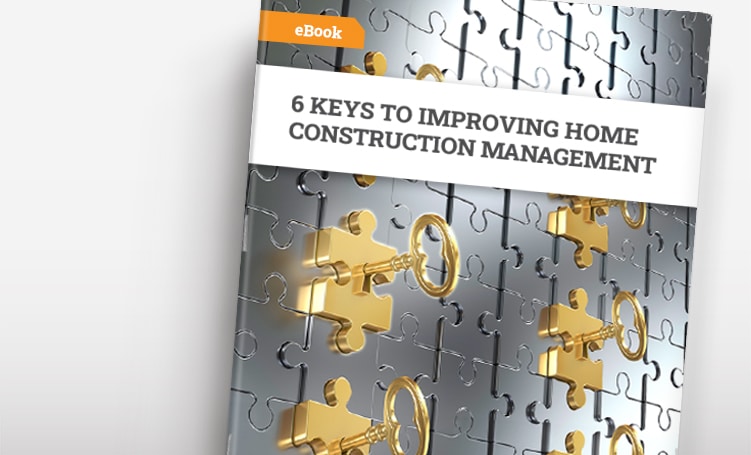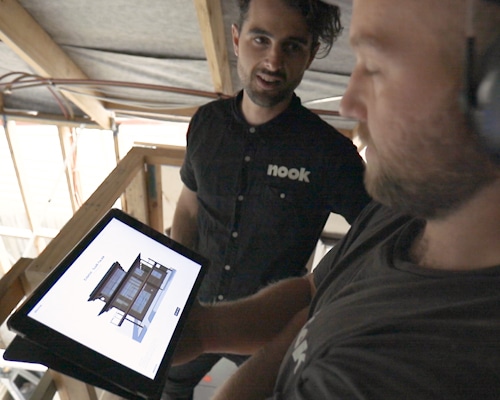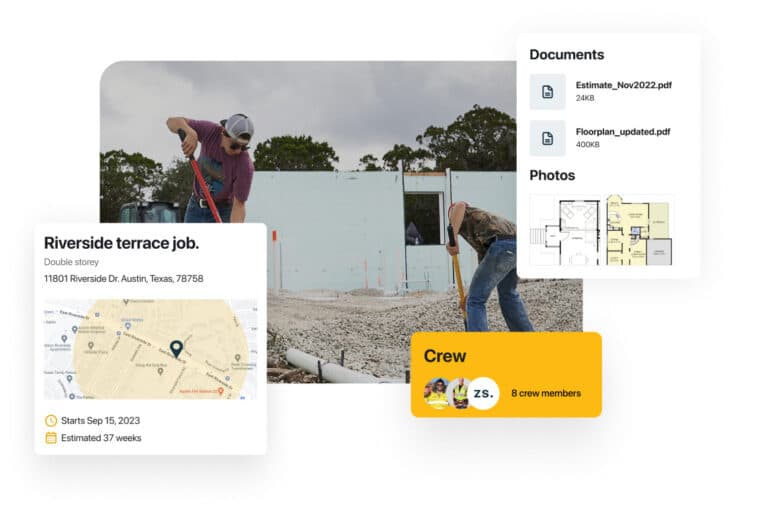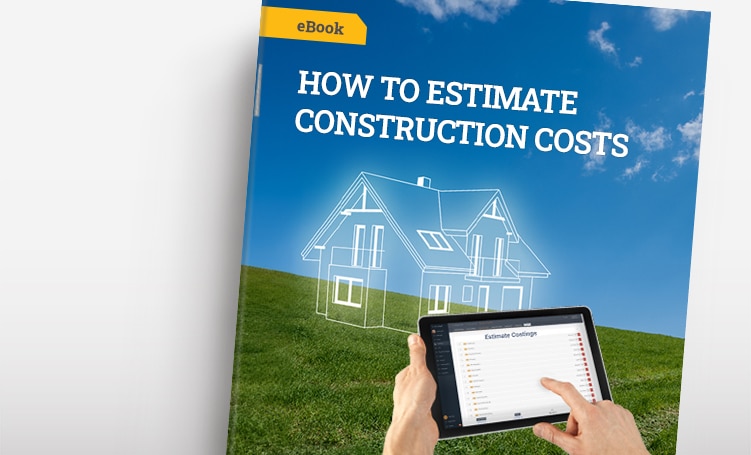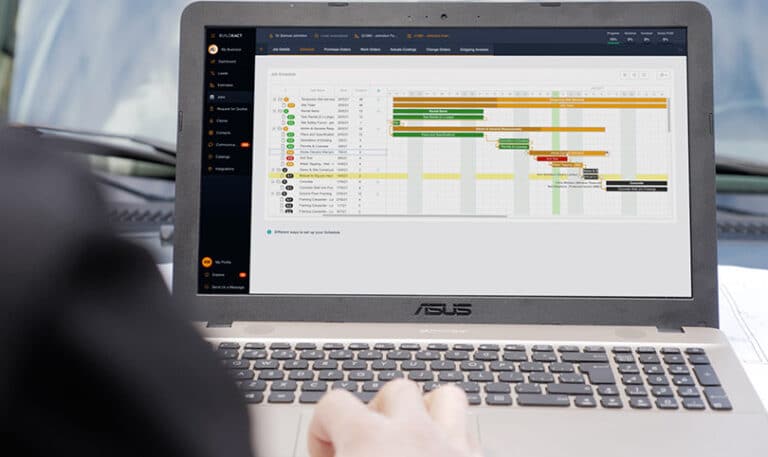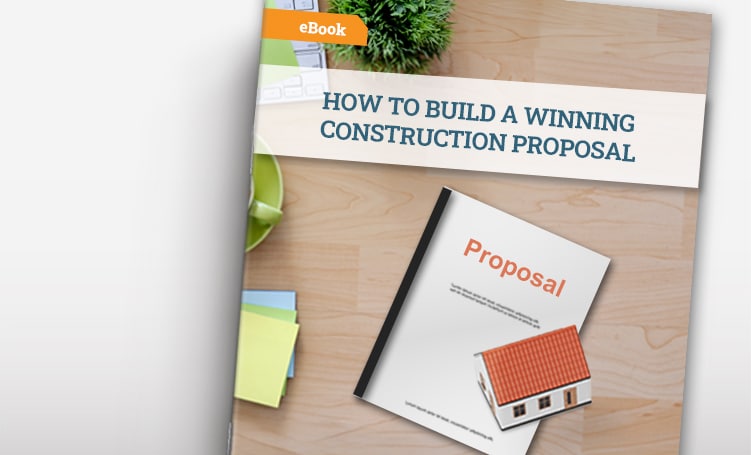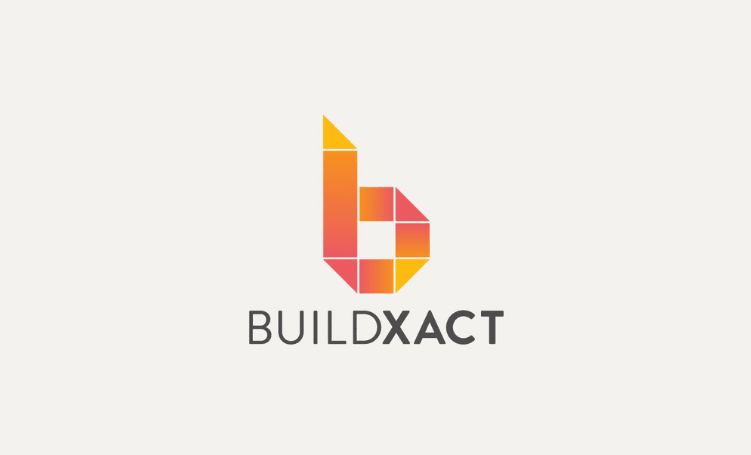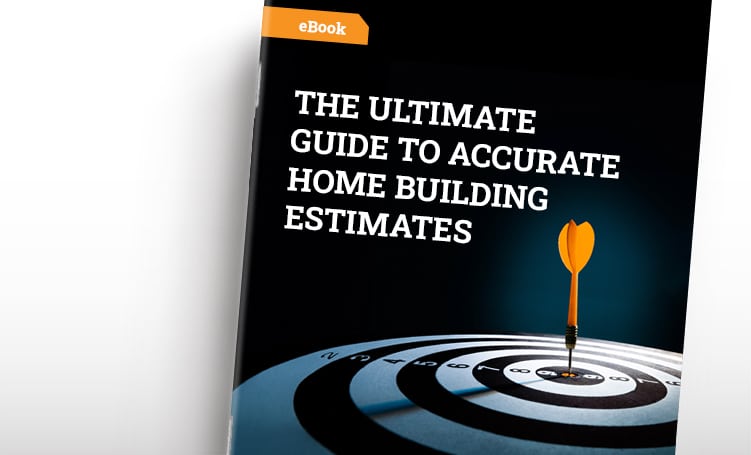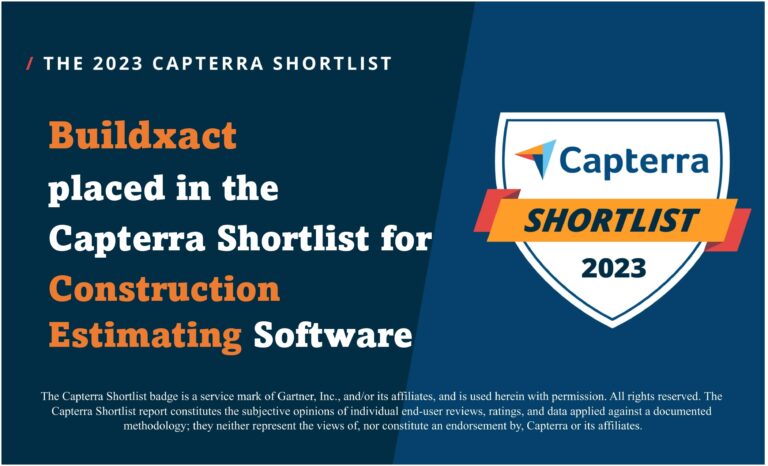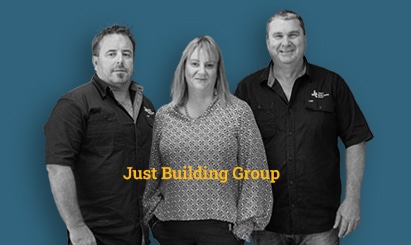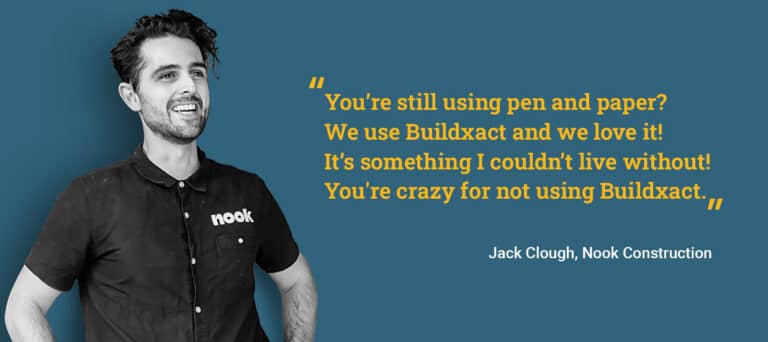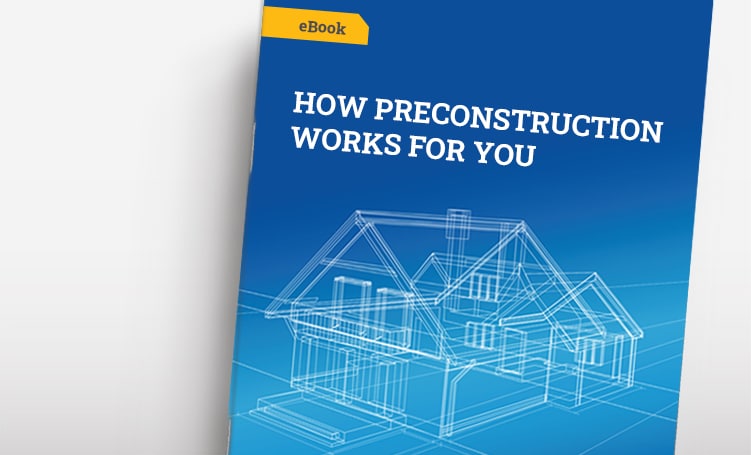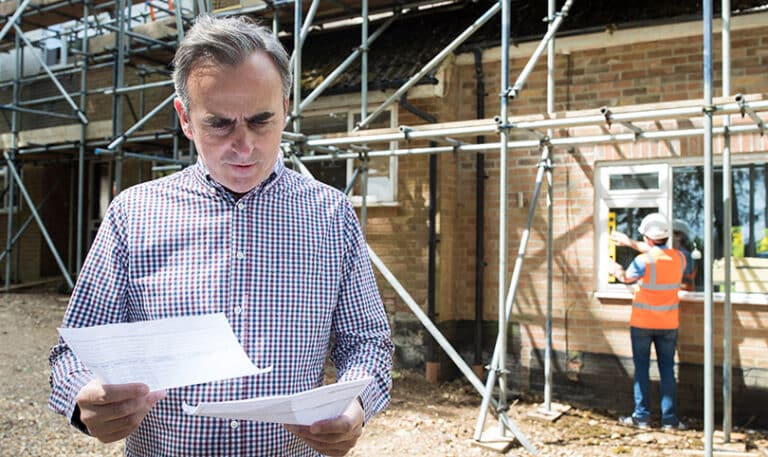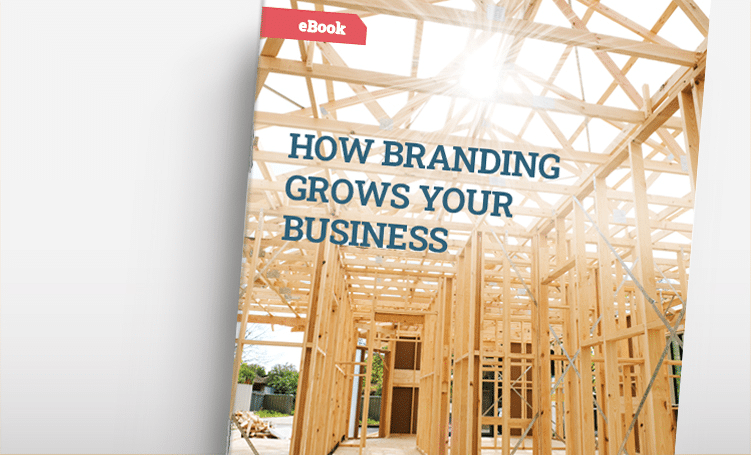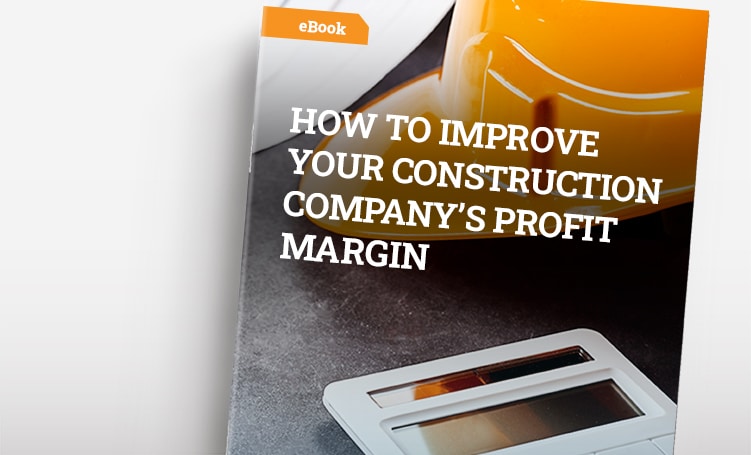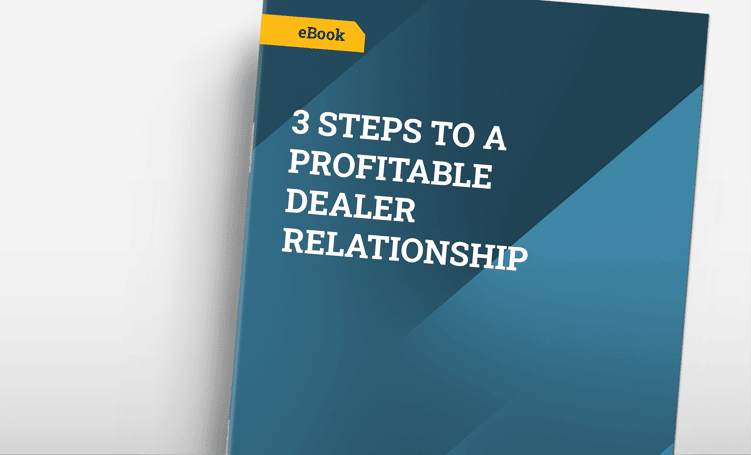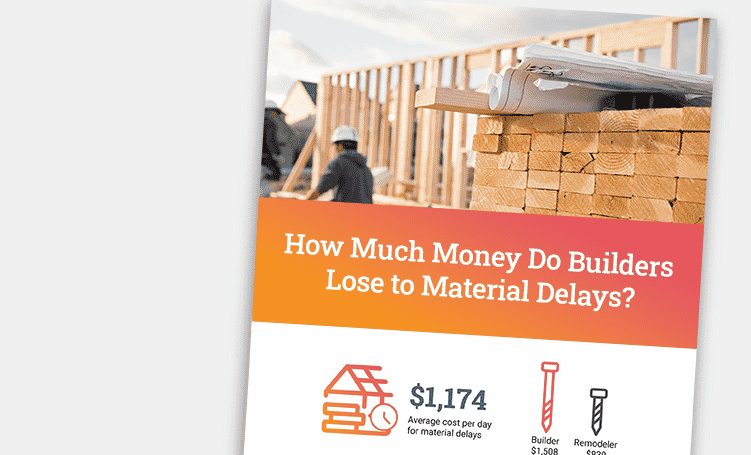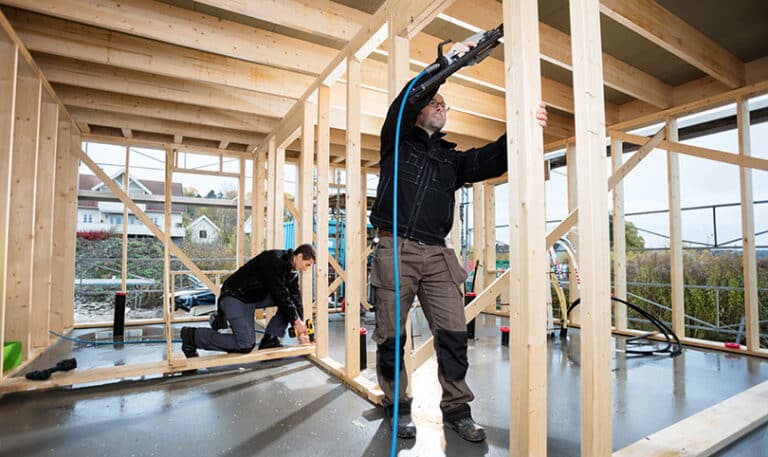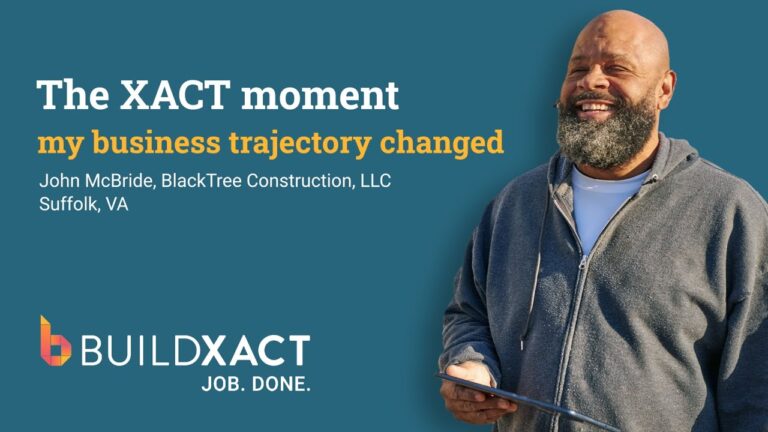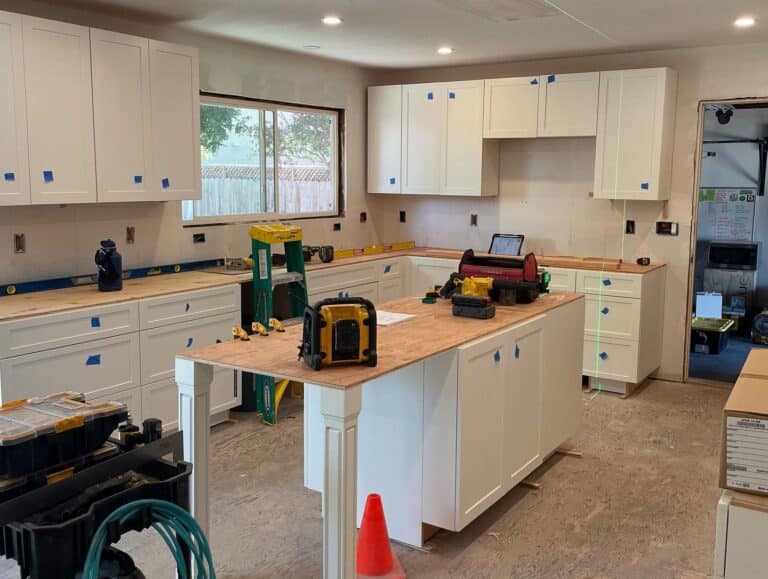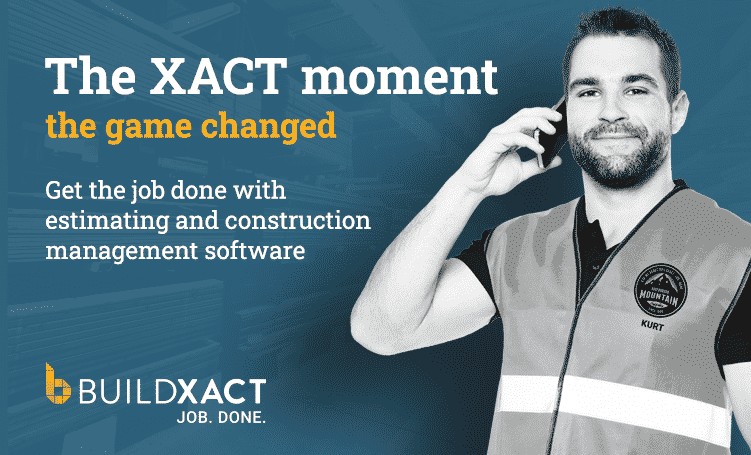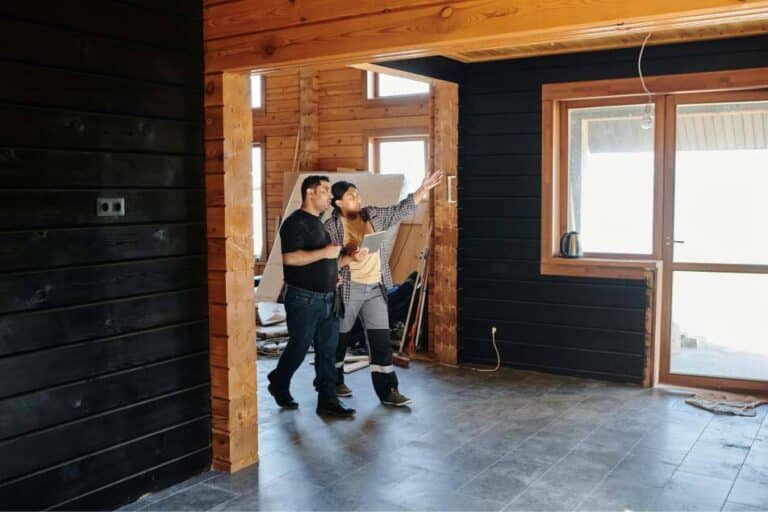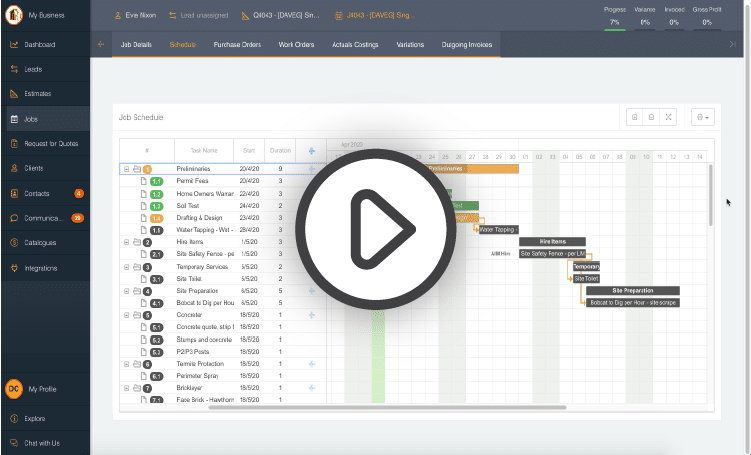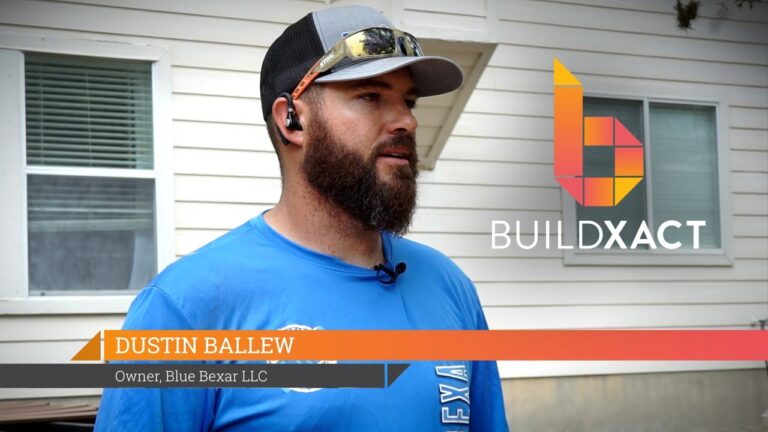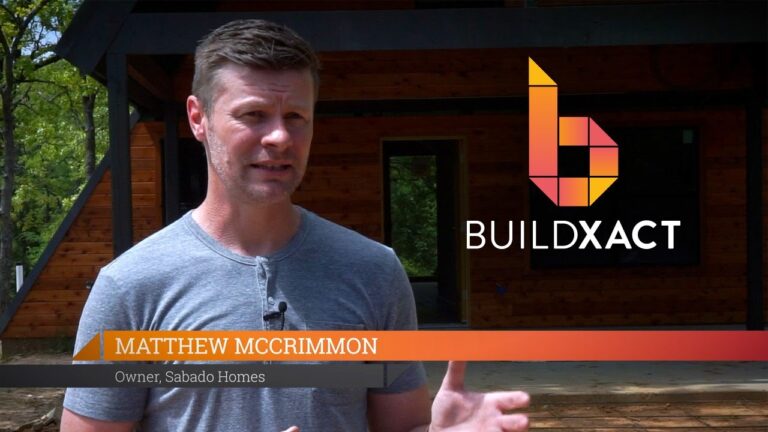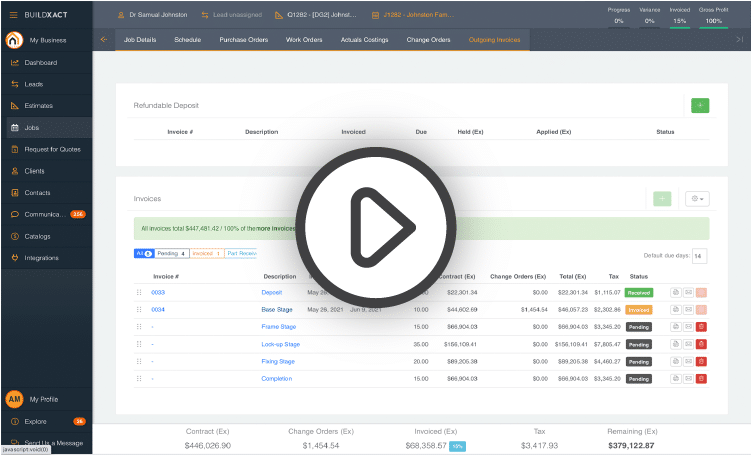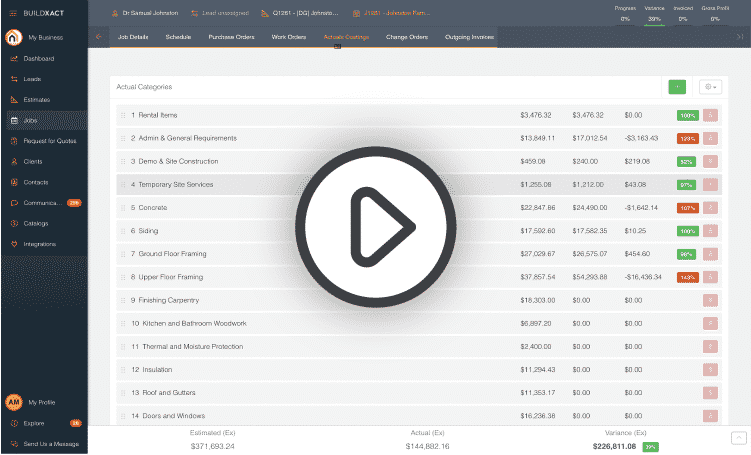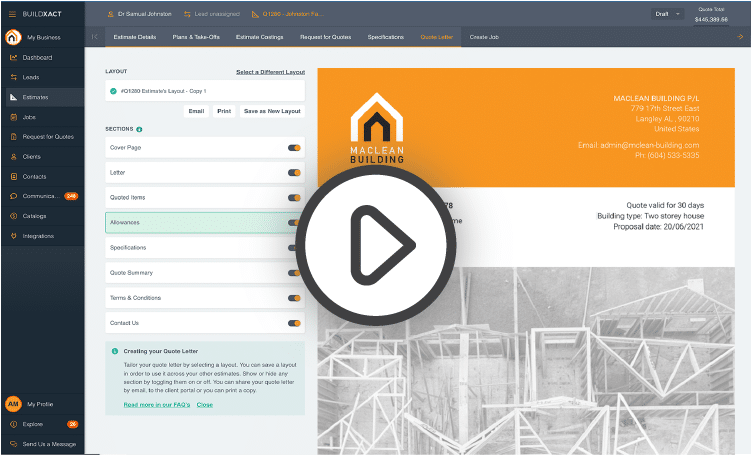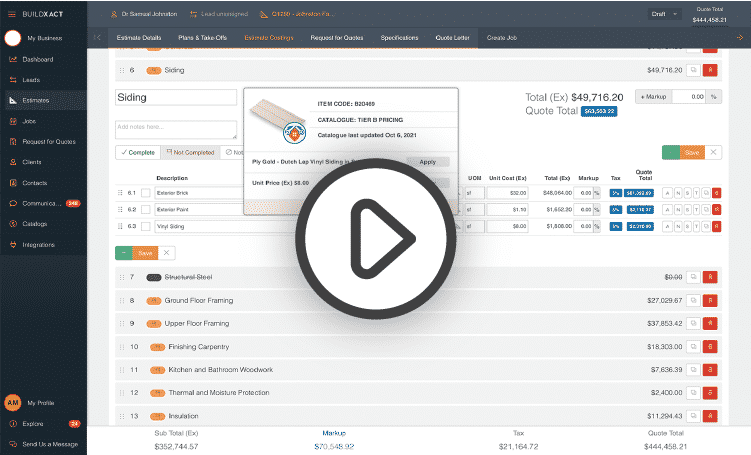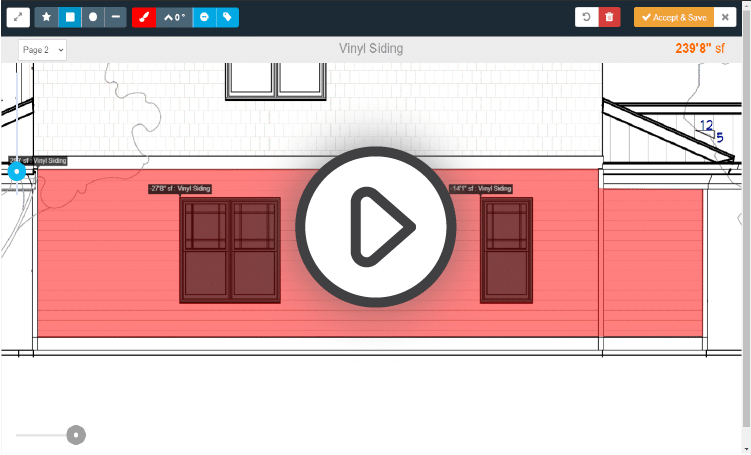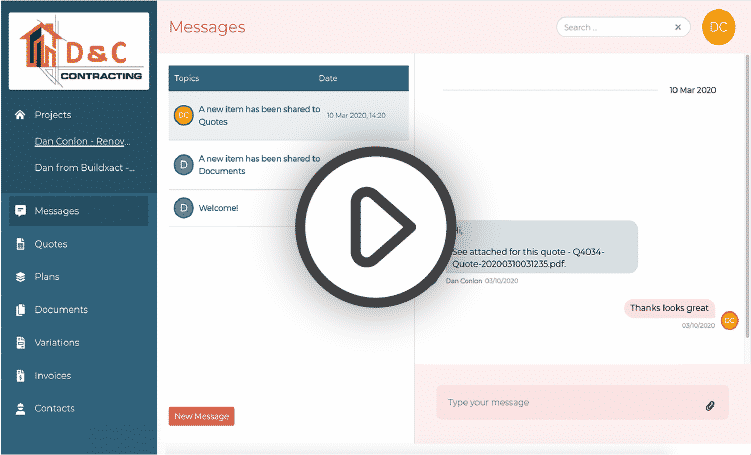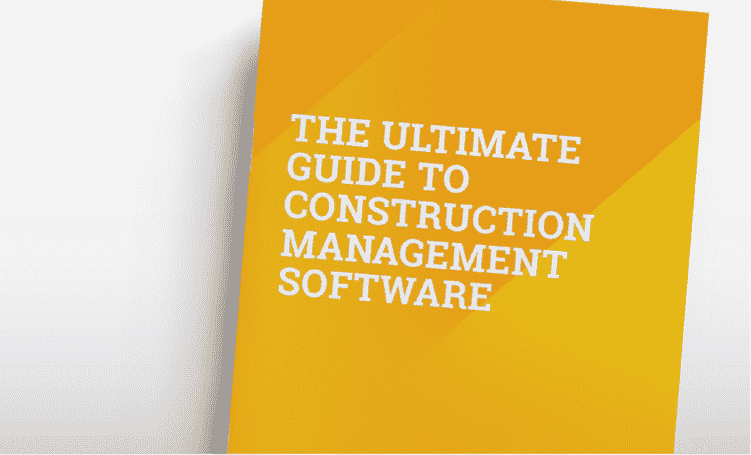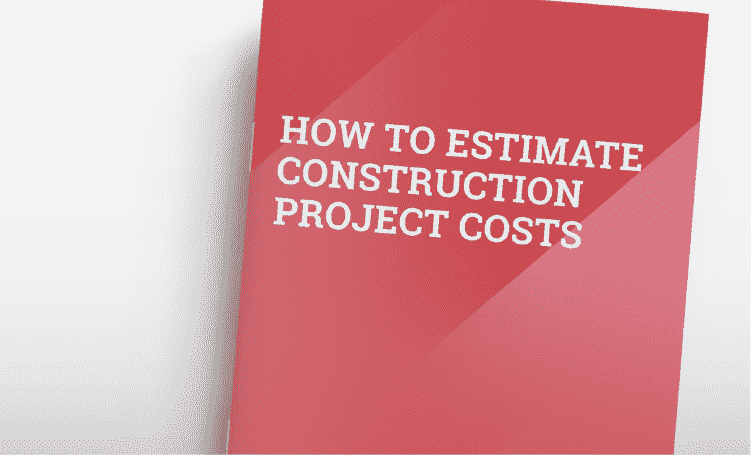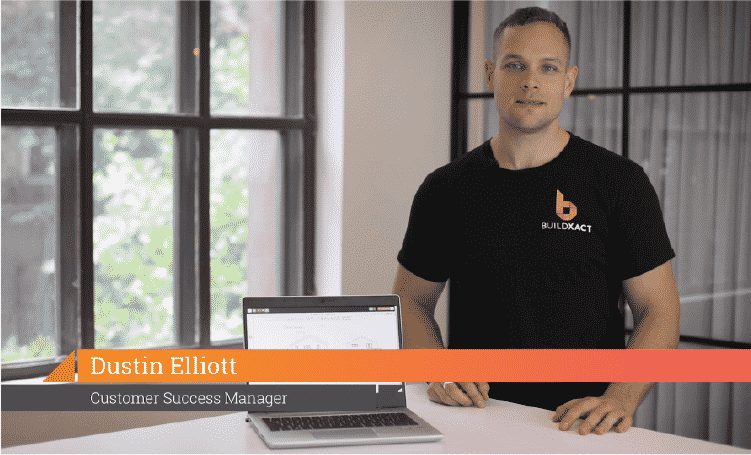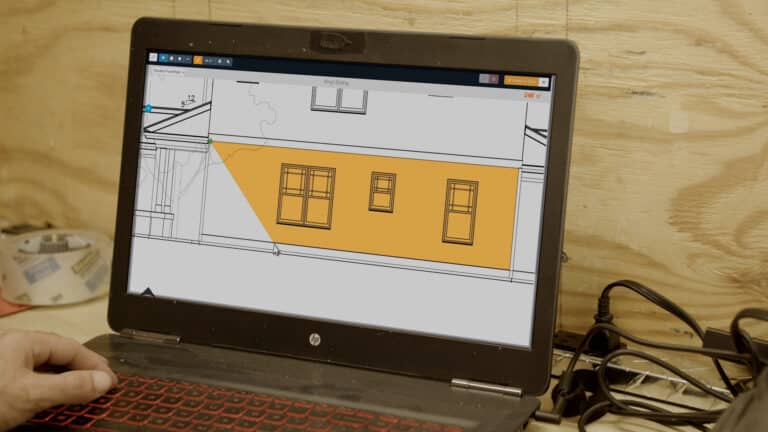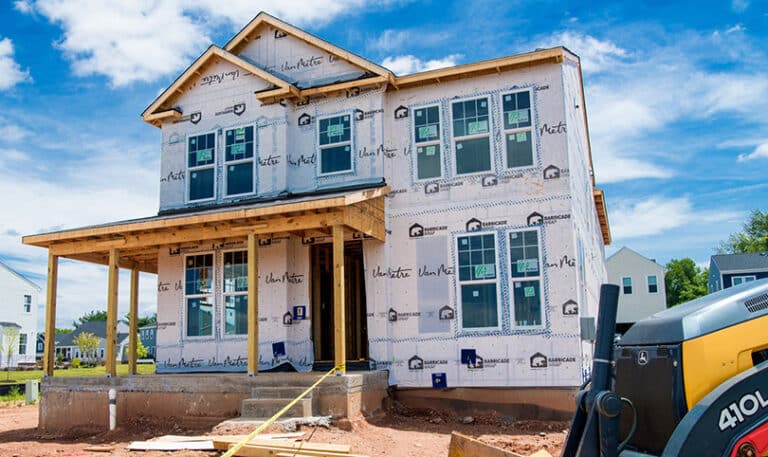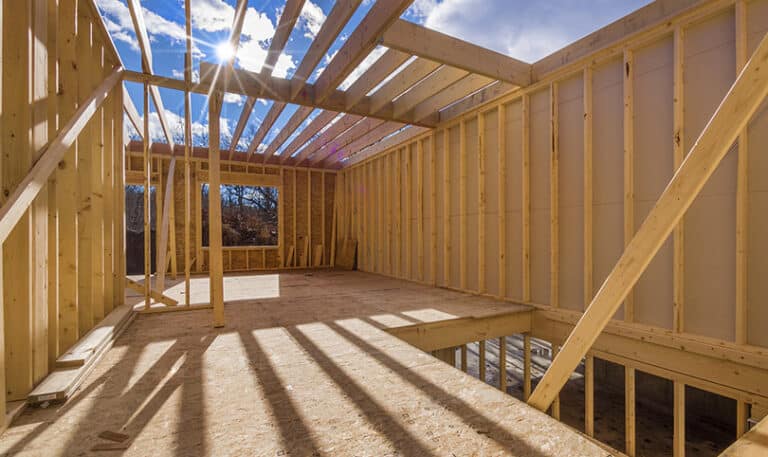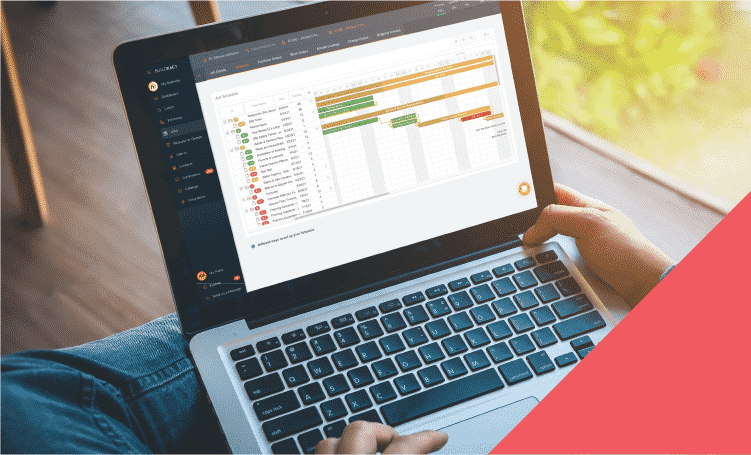10 minute read
It’s undeniable that the global pandemic has taken a toll on businesses and our economy. And that includes the construction industry.
Now more than ever, it’s essential to keep your business alive throughout the economic recovery and into the future by ensuring you’re making a profit and reaching your goals.
There are many reasons why this may not happen — in good times and not so good times — such as poor money management, no marketing strategy, inactive quotes, and inaccurate estimates.
To safeguard your operation, we’ve outlined nine takeaways from our webinar Setting up your Business for Maximum Profit.
1. Find a good accountant
“Know your numbers.”
It’s doubtful that’s the first time you’ve heard that advice. As common as that advice is, there’s never been a better time to revisit it.
If you’re not sure about the information going in, then you run the risk of getting the wrong information going out. It’s errors like these that can impact your profit and, ultimately, your business.
Knowing your numbers boils down to how you look at your profits and losses and make sure you go through it each month.
A lot of business owners tend to spend money without keeping track of it. Then after six months, they meet up with their accountant, only to be taken aback by how much they’ve spent and how it’s resulted in them being a few steps behind where they need to be.
A good accountant who understands your construction business and who can run the numbers regularly and accurately is crucial to maximizing your profit. An accountant will go through the data line by line and highlight any anomalies and issues so that you can proactively address them.
Ask yourself: How did I find my accountant? Was it through mom and dad? Through another colleague? Or did I just pick the first one I found?
It’s important to go through a careful selection process to ensure your accountant counsels you on accurate information and advice.
2. Review your hourly rate
Being in business is not just about breaking even; your business needs to be profitable.
To sustain the life you want and provide for your family, it all comes down to the hourly rate.
Reviewing your hourly rate is vital in making a profit because most builders quote with an hourly rate in mind.
Most builders set their hourly rate on a good day when everything is going right. But how often does that happen in your business? You may have times when work is flowing through the door, but there may also be times when it slows down.
We all face challenges, so these possibilities should always be considered when deciding how much you should charge per hour. Consider factors such as staff vacation, sick leave, and public holidays, plus natural downtime throughout the year. It could mean there are only 45 weeks in a year where you can charge for work.
Start looking at your overheads and costs, then work out your hourly rates. Otherwise, when the more challenging times hit, you won’t have a security blanket.
3. Establish your breakeven point
Every business owner needs to know when they’re making money and when they’re not. That’s why it’s essential to identify your break-even point.
Following that, you should keep track of how much you’re making each day, week, or month to ensure that you’re on track to breaking even.
If you don’t know your profitability week in and week out, it becomes challenging to make business decisions as you start to move forward.
4. Learn how to forecast
It can be a tricky process to forecast your income and expenses, especially if you’re not an expert in finances. But don’t worry, your accountant can guide you through the process.
Forecasting will help you make sure that:
- Your cash flow remains on point
- You always have cash on hand to move forward
A typical question asked in a business owner’s head is: When is the right time for my business to grow? When should I buy new equipment? When is the right time to spend money on marketing or to add more staff?
It always comes back to knowing your numbers and understanding your forecasts. Many depend on gut instinct, and while you can trust your gut some of the time, ignoring the figures will do your business more harm than good.
5. Double down on your marketing
When is the right time to market your business? The answer is now.
Marketing is a vital part of every business, and you should spend at least 5-10% of your revenue on it. Some even spend up to 20% of their revenue on marketing.
Marketing not only brings in the work; it also ensures that you’re getting the right customers.
Consider two types of paid marketing and advertising options that are fairly easy to execute:
Online Marketing
Investing in online marketing will keep you competitive and relevant in the industry.
There are several types of online marketing, including content-based (e.g., blogs, videos, and social media), search engine optimization (SEO), pay-per-click (PPC), such as Google/Bing Ads), and emails.
With various types of online marketing available, the platform you should focus on depends on your market. Who are your ideal customers? Develop a customer profile that fully describes your ideal customer: include key demographics (household make-up, age group, income bracket, etc.) and psychographics (how do they consumer information, values, lifestyle, interests, etc.). Promote your business that ensures you are talking to the right potential customer and where they are looking.
Regardless of what type(s) of online marketing you choose, the most important thing to remember about marketing is that it’s about consistency. Whether you’re getting many new jobs or not, you should always keep constantly posting valuable content.
Read more: Marketing for residential construction businesses
Offline Marketing
While the advancement of technology has led to a global shift to online marketing, offline marketing is still important for any builder and remodeler.
Offline marketing refers to traditional advertising including printed advertising (e.g., magazine/newspaper , billboard, flyers), and broadcast (e.g., TV and radio, including streaming/on-demand).
You don’t have to completely shift to online and forget everything offline. If you want to reach the more rural jobs and less urban clients, it’s ideal to invest in offline marketing.
Word of mouth is also important. Think of it as a tree, where every main branch is a happy customer. Each main branch there are another five or six branches that can lead to another customer or job. Each new branch has a domino effect.
6. Use the ‘Quote for Profit’ formula
One vital aspect of this formula is “authority.” Authority refers to what makes you the ideal person or business for the job. Why is someone going to spend their money on you?
To help prove your authority, you must have photos of your work and testimonials from your previous customers that demonstrate your credibility and the quality of work you deliver.
Awards, articles about your business in a publication, positive customer feedback all add to your credentials portfolio and will help your potential customers better understand why you are right for the job.
7. Chase up quotes
Every builder’s common challenge is spending a whole week on a quote, then having to redo everything because the customer wants changes. It happens repeatedly, and by the end of it, you might have spent multiple hours on just one quote.
Then you don’t win the job.
A lot of the time, this is because builders don’t follow up on the quote. The truth is, behind the scenes, another builder is pitching for the same job but with a quote flow system.
Remember, money isn’t always the turning point that makes a customer decide who to award the project to; it’s the one who can provide a professional-looking quote quickly and accurately.
Business is a two-way street, so don’t forget to follow up on quotes you send out. By following up, you’re not just asking your customers to prioritize you. You’re showing them that you’re prioritizing them as well.
So have a quote flow system. Determine the best way to chase your customers, whether it’s through emails, phone calls, or text messages.
8. Improve the accuracy of your estimates
Even the slightest inaccuracies in your estimates can lead to big problems. You could lose a job or even win one that loses money right away.
So, to maximize profitability, ensure that your estimates are as accurate as they can be. Use estimating software with reusable templates to complete precise takeoffs, cross-check your numbers and remove the guesswork.
We suggest using estimating and job management software such as Buildxact, which we’ll discuss next.
9. Implement a project management system
A significant problem that hinders business owners from knowing their numbers is having a disorganized business system.
They become time-poor from wearing too many hats and handling every role from marketing, finance control to customer service.
It becomes difficult to keep up with the numbers, even if you have a sharp memory.
That’s why you need a project management software system to track your job progress and costs in real-time.
Using job management software to its true potential is a smart way to set your business up for success.
There is a range of project management software solutions available, some more complex than others. Buildxact, uniquely designed for small residential builders and remodelers, is easy to use and quick to get started.
Building a strategy to maximize your profit is crucial if you want your business to thrive. So, to recap, here are the essential points to keep in mind:
- Hire a good accountant to ensure accurate and timely data.
- Know your numbers, review your hourly rate, and establish your break-even point for your business.
- Double down on your marketing to win more profitable work via your current customers and receive more referrals.
- Determine your quote flow system and the proper follow up.
- Improve the accuracy of your estimates using estimating software
- Implement the right job management software.
As the nation continues to recover, it’s even more important to make careful and thoughtful decisions. Rely on the facts and figures to ensure that you’re not just breaking even, you’re also maximizing your profit potential.
Get started with Buildxact
See how our software platform can help you increase your competitiveness and win more work. Start a free trial today!









